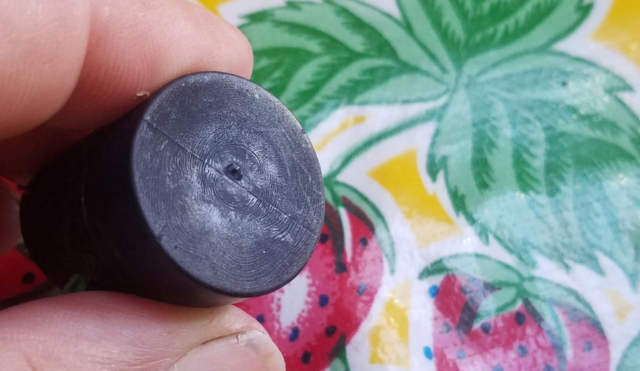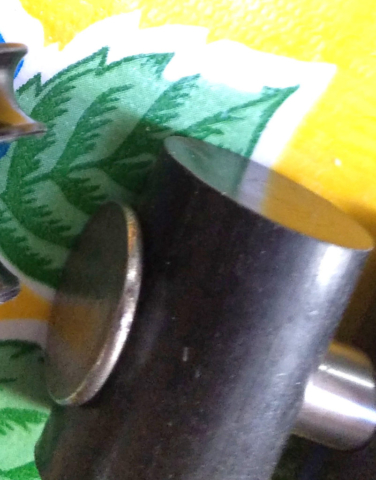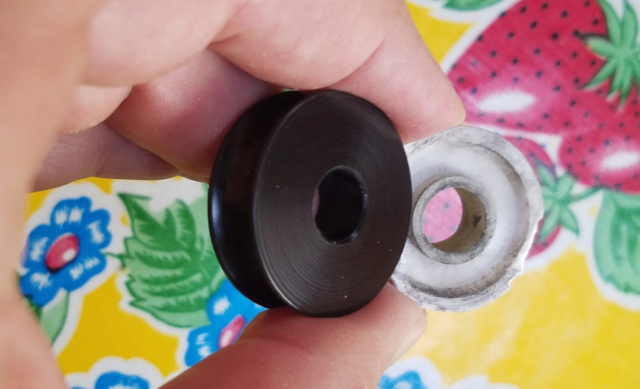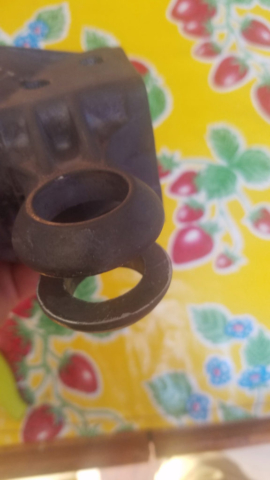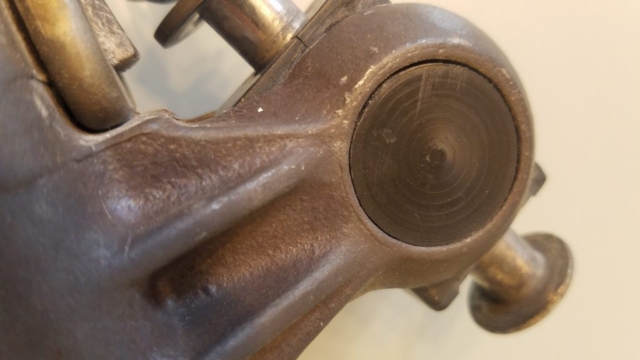‘‘Until something breaks’’ is the watch phrase of all sailors.
Homer, AK, 9-Sep-2020 – We’ve been reading, watching, and talking about equipment failures. A typical ocean crossing is 15 to 35 days. On every boat, things break during a crossing. It’s something sailors have come to expect and prepare for. I’ve also come to realize we, as sailors, expect this very expensive equipment to fail after a very short duty cycle.
In small harbors, where we hang around with commercial fishing boats, I try to envision a commercial vessel living with the meantime between failure (MTBF) measured in days of service. The bits and pieces of their boats are up to the task and not generally pretty: Stainless steel in some places, aluminum in others, and galvanized steel wherever that makes the most sense. We rarely see full-chain anchor rodes.
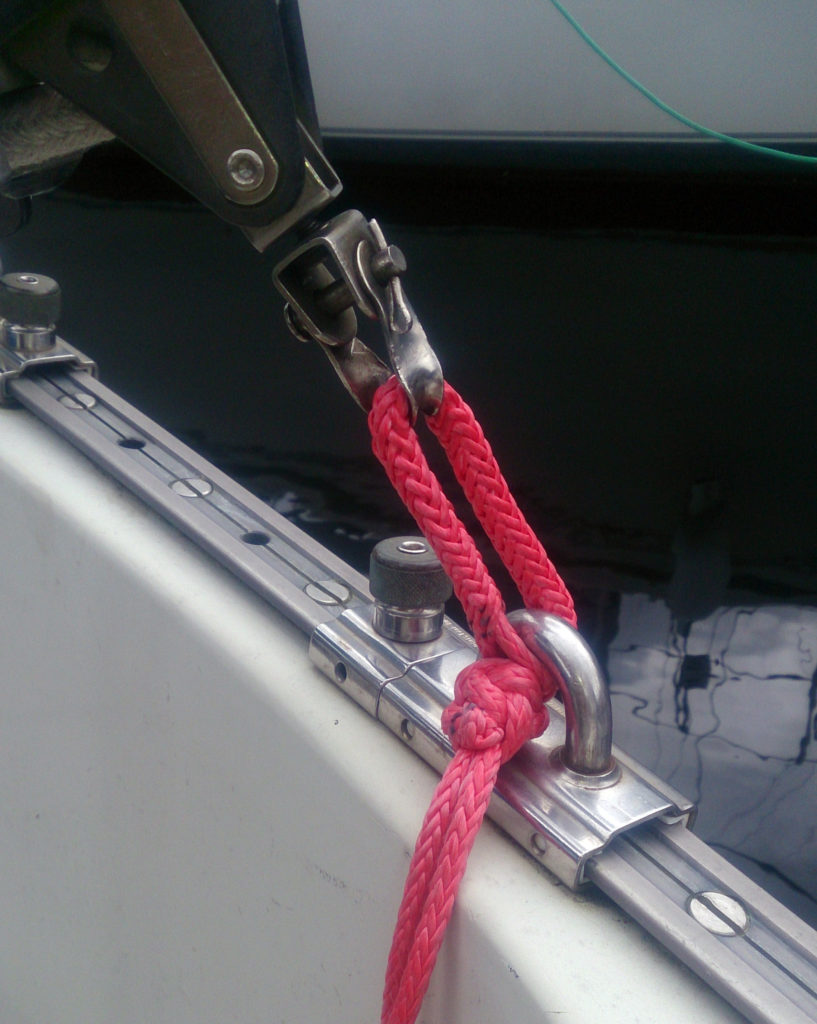
When I think about some of the parts that have broken on Caro Babbo, I am embarrassed that I thought they would last. A few of the bales attached to blocks were strap metal. Other bales were attached with screws that came without any locking mechanism – two screws released on the same day! The current Pelican clips for our life lines are cast, not forged. For offshore, I’m learning to use and pay for Wichard instead of Ronstan.

The wheel pilot the Raymarine autopilot I’m for using now has metal gears and is twenty years old. The plastic gears on the new one I installed started to wear after only a few hundred hours – that wear was the call to reinstall the original.*
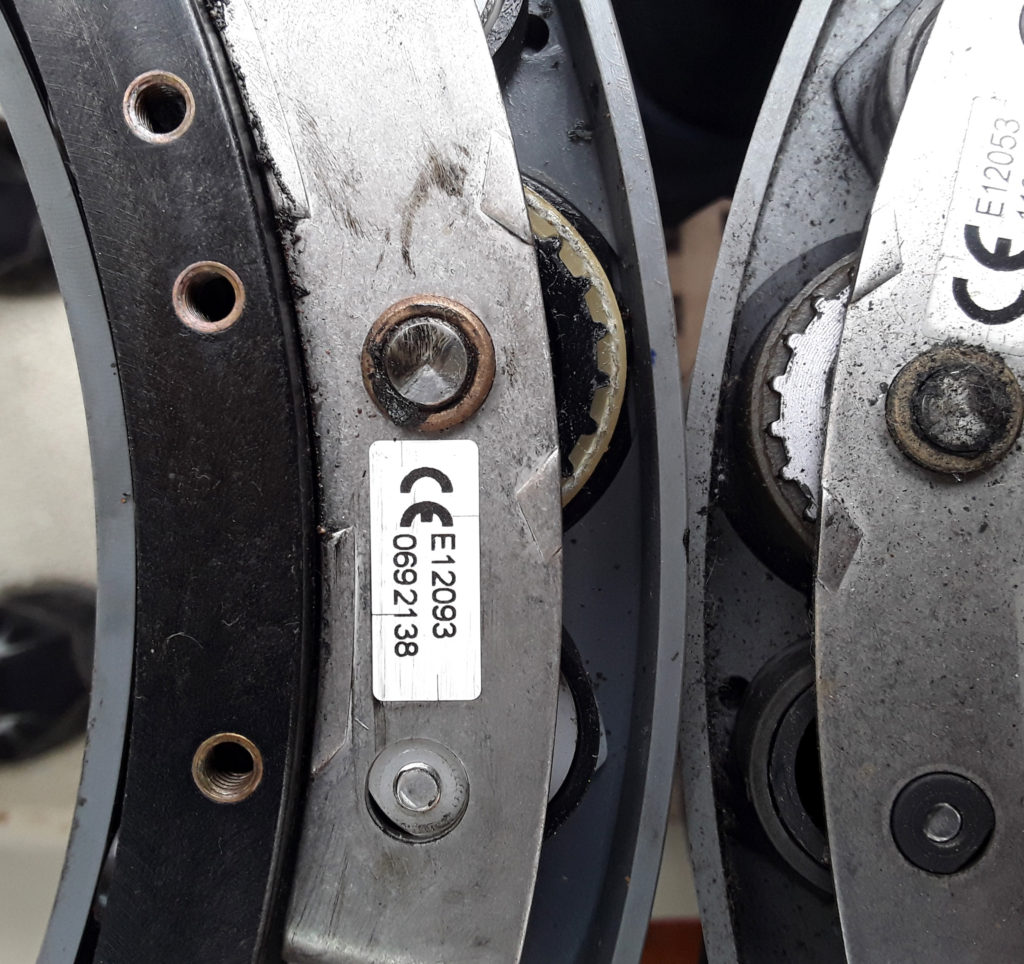
For contrast, I look at our wind vane. A commercial piece of beautiful aircraft-quality equipment. It is a wonder. But it couldn’t be profitably produced because the company, Sailomat, could not get enough orders to move to mass production. What is a reasonable amount to expect to pay for such a piece of goods?†
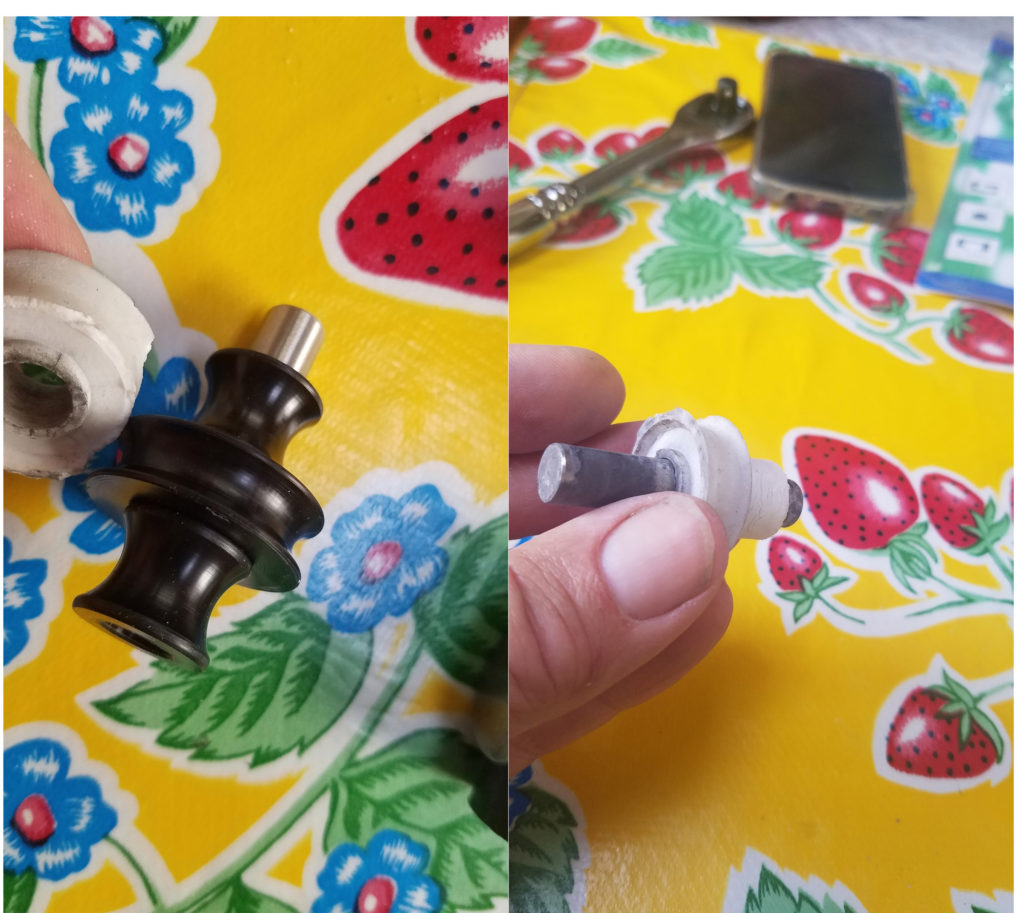
In my professional life, I always discerned the difference between commercial and consumer products. It’s time to start doing that with Caro Babbo – buying commercial quality, or blue-water quality parts.
Here in the sailing world, they are no commercial sailboats anymore. It seems that much of the sailing world has become so enamored with appearance that I wonder whether sailors confuse the two. The amount of time we see yacht owners spending shining, buffing, and cleaning makes me wonder how much is spent on maintenance.
Now that I have crossed into the world of blue water sailing where things are very different, I see that the two thousand-mile, seventeen-day Hawaii-Samalga Pass is two-thirds of an entire five-month season of sailing up the inside passage. The 3000-plus miles from Seattle to Hilo is an entire season of sailing the inside passage, done in a few weeks. The lesson for me is that this is a different sport and requires different equipment. How different is it, really?
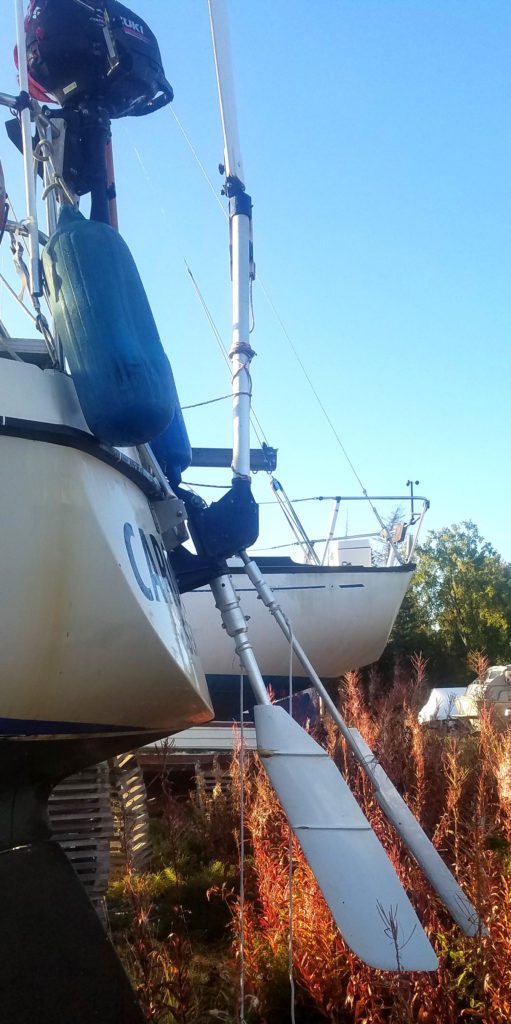
Jennifer points out that this is very different mileage. Even if we added up all of the hours in a Southeast Alaska trip, the total wear and tear on a passage is much larger. As an example, on a passage, we spend days close-hauled. It is unrelenting time under the heavy press of wind, wearing things quickly. Even if we added all the time close-hauled in a season, it would not come even close to the amount spent on a passage.
Like a commercial vehicle, be it a jetliner, fishing boat, or commercial tractor of a sixteen-wheeler, a boat making passage is constantly moving and accepting the punishment that movement inflicts.
It takes a while to understand the seriousness that needs to be given to the preparation for a passage, and equally to trust that almost everything can be repaired sufficiently at sea to keep moving forward.
The replacement bearing from the Rhode Island company is a cast piece of plastic that contains voids. When it failed, because of those voids, it cracked the bearing-holder ring on one side of the gooseneck because the load was no longer balanced. The only replacement gooseneck was from the same vendor who sold a cast made from a used gooseneck: the bearing holder rings are out of spec from wear.
Under sail, Caro Babbo is a machine that relentlessly, undeniably moves forward. When she is near or above hull speed, Caro Babbo becomes something alive that is making way by pushing and shouldering her way forward. The sense is one of a creature with an urge that cannot be denied or perhaps even tamed – until the sails are dropped, or reefed or the heading changed then she becomes docile and ultimately sleepy. She is whipped into being by the wind and waves.
Below decks, when Caro Babbo is on a tear, the power of her rig and strength of her hull make her feel muscled. Caro Babbo becomes like one’s own body after months of training to run, cycle, or row races, like a horse that is the extension of the rider, or a car, fast-driven, but none of those will compete hour upon hour and day upon day without constant attention. Caro Babbo will allow us to sleep, eat, doze, and read, yet she will continue to work hard, very hard, when the circumstances require it, traveling thousands of miles non-stop…
…until something breaks. This leads us back to commercial quality. ‘‘Until something breaks’’ is the watch phrase of all sailors. On Caro Babbo, we are slowly learning to look at equipment with a new understanding of what we will put that equipment through and the need for it to come out working on the other side. We can fix or jury-rig almost anything that breaks, but the goal is not to.
*I will move to a ram autopilot, which uses a hydraulic piston to move the rudder. The trick will be to find a good ram for a boat Caro Babbo’s size. Pelagic makes a good one, but the controller is very unsophisticated. I think I can connect it to the very sophisticated Raymarine controller. This is a winter project.
Interestingly, the Pelagic is within $100 of the Raymarine ram. I need to do some investigation, although the Raymarine wheel drive is below par, in my opinion, is the ram up to snuff?
† Other good wind vanes are massive, cruder, with coarser materials but they hold up. How much is sophistication versus brute strength worth? How much are weight savings at the transom of one’s vessel worth?



